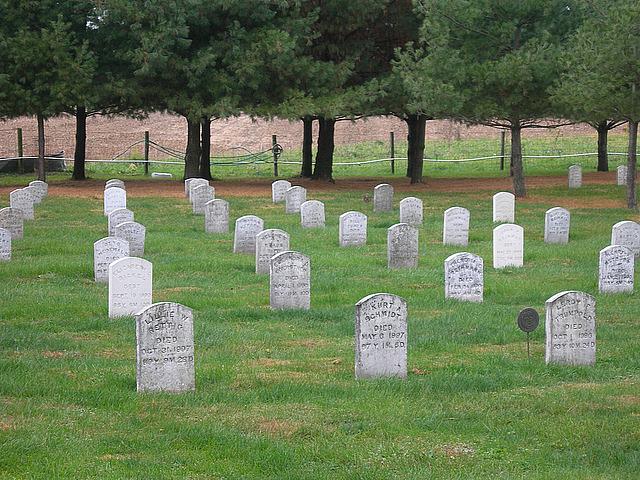What’s driving rise in drug overdose deaths? Death records offer answers.

Our ability to pinpoint the causes behind the big increases in drug overdose deaths in recent years rest largely on one lowly piece of paperwork: the death certificate.
I have been heartened to see multiple writers calling out the death certificate for its role in providing clarity in an area that is often misunderstood, sensationalized, and oversimplified. Not only that, reporters are starting to defend the death certificate from attempts to meddle with its mission. Let me explain.
Jeff Cohen at WNPR in Connecticut, working with Kaiser Health News, wrote a must-read piece about the importance of getting death registrations right, and the importance of protecting death certificates as a valuable public resource. He showed how death certificates used to be quite vague on the details of drug overdose deaths. Now, though, physicians, coroners, and vital registration officials in Connecticut are leading the way in improving the data that come out of death records. Cohen interviewed James Gill, Connecticut’s chief medical examiner, and wrote:
A death certificate needs to say more than something vague like "opioid intoxication" to help both law enforcement and public health officials curb the distribution — and hopefully abuse — of opioids.
"Well, what are those opioids? Are they heroin or are they Oxycontin?' " he asked rhetorically. The precise answer can make a difference in figuring out what actions to take.
But not all death certificates have as much information as they could. When Gill took the job just a few years ago, only 63 percent of Connecticut's drug deaths had specific drugs listed on the death certificate. Today 99 percent do.
Why does it matter if we get death certificates right? It matters because we very easily can focus our attention on the wrong thing. The quote above cites Oxycontin and other opioids. And opioids dominate the public’s attention around drug deaths, particularly when celebrities like Prince and Michael Jackson die and are later reported to have been addicted to opioids like Percocet and Demerol.
Carly Sitrin at the Metrowest Daily News in Massachusetts wrote an excellent piece about how a lack of clarity on the real contributors to overdose deaths is obscuring troubling trends with benzodiazepines, drugs commonly used to treat anxiety and insomnia. The most famous are Ativan, Xanax, and Klonopin. And a Centers for Disease Control and Prevention study that Sitrin references showed that nearly one out of every three opioid-related drug overdose deaths involved benzodiazepines, too. (Whitney Houston was found to have died from a lethal combination of Xanax and cocaine.) Why is that? It’s because people who take opioids for pain often have trouble sleeping. That leads them to get a prescription for Xanax or another drug. As Sitrin explains:
Benzos, as the drug class is commonly called, relieve anxiety by slowing the central nervous system (CNS). Opioids work on the brain and CNS in the same way. The combination of the two can severely depress respiratory activity with life-threatening consequences. CDC data from 1999 to 2014 show that overdose death due to benzos has increased 600 percent from 1,135 people in 1999 to 7,945 people in 2014.
To see that visually, check out this chart by the CDC.
But, as I emphasized in my last post, these numbers are estimates. And the estimation process is hampered by the quality — and availability — of the death certificate data. Cohen wrote about how not everyone wants death certificates to be public. He quoted the medical examiner, Gill, explaining his response to that kind of pushback:
"I remember one call from a family member who was upset that we put heroin on the death certificate," he said. "Their son had died of heroin and they didn't want it on the death certificate because they were afraid that the public was going to hear about it, and know that that person died of heroin. And I said, 'I'm sorry, but this is a public health issue.' "
Sometimes it’s hard to say that, but it must be said.
[Photo by Corinna Makris via Flickr.]

